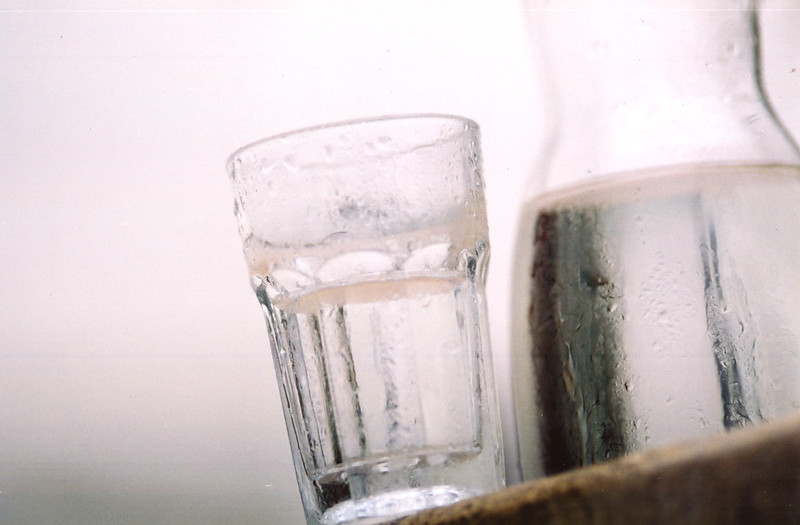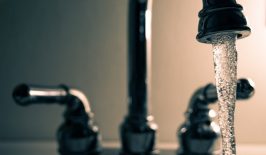The solar-powered WADI tells communities when their water is safe to drink, reducing illness and carbon emissions at the same time.
For around 660 million people in Africa, Asia and Latin America, access to fresh, clean water is not something they can take for granted, with communities often needing to take extra steps to ensure their drinking water is thoroughly disinfected.
Water can be disinfected in several ways, such as via boiling or purification tablets, however one of the easiest and most cost effective methods uses the power of the sun. Now, an Austrian organisation, Helioz, has made this latter approach even easier to employ thanks to an innovative gadget named WADI.
WADI is designed to monitor the progress of disinfection in water undergoing the Solar Disinfection (SODIS) method. This process utilises the UV-A rays in sunlight to kill viruses, bacteria and parasites which are behind some of the most serious water-borne diseases, such as cholera, typhoid and diarrhoea. Water merely needs to be poured into plastic PET bottles and left out in the sunlight for around six hours to become disinfected.
However, although recommended by the World Health Organisation, UNICEF and Red Cross, the SODIS method isn’t perfect and it often requires an element of guesswork to ascertain whether water is fully disinfected, with different environmental conditions greatly affecting the time needed for the SODIS method to take effect – sometimes by as much as 24 hours.
The WADI device helps to remove this element of uncertainty by showing the level of disinfection on an easy-to-understand display. The small, solar powered device measures the the UV rays hitting the water, allowing it to calculate and display the progress of disinfection in any particular batch of water.
The WADI also has environmental benefits too. By helping to increase the efficiency and convenience of the SODIS technique, the traditional method of disinfecting water – boiling – has become less popular. This has lead to a reduction in wood burning, in turn reducing CO2 emissions, deforestation and the illnesses associated with burning fuel in enclosed spaces – another health issue that is already being tackled by a range of other innovative solutions.
Although simple in its design, the WADI could have major ramifications for world health, and help achieve two of the Sustainable Development Goals (#3: Ensure healthy lives and promote well-being for all at all ages and #6: Ensure access to water and sanitation for all) – the 17 targets that are set to guide global development until the year 2030. Currently, around an estimated 80% of all disease and death in the global South is attributable to water-borne virus and bacteria, while 50% of all hospital beds are occupied with individuals suffering from conditions brought on by drinking contaminated water.






